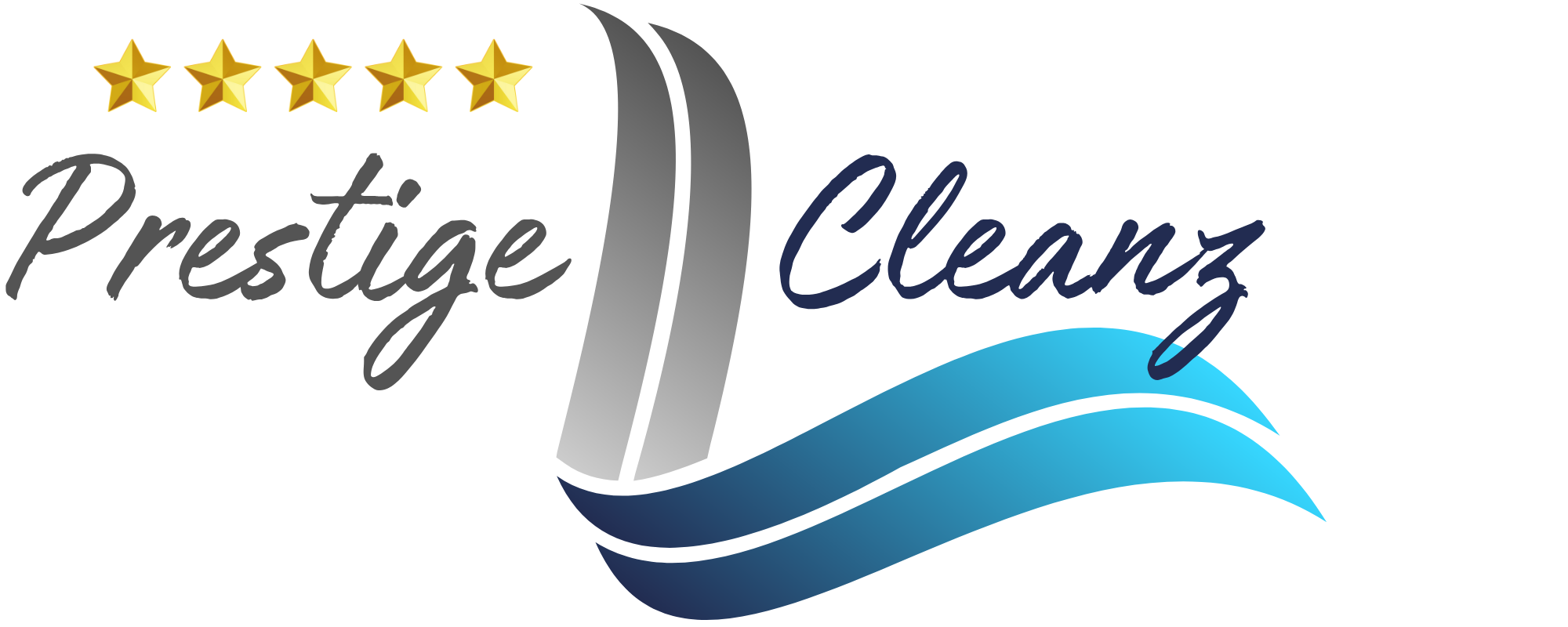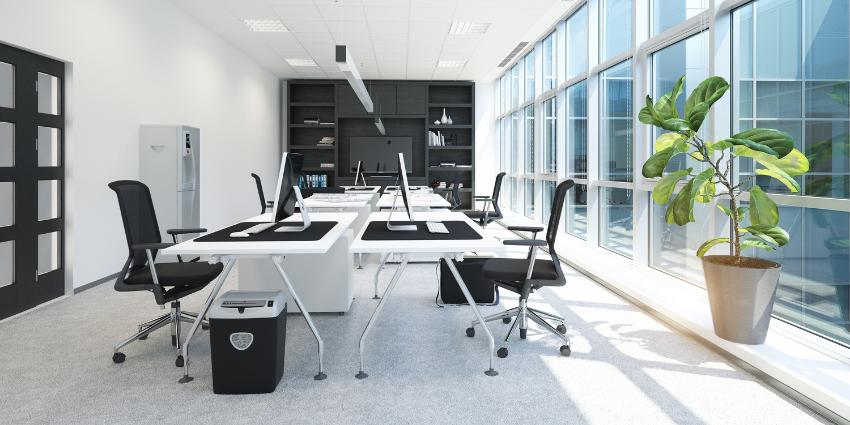Office cleaning is the process of maintaining cleanliness and hygiene in a professional workspace to ensure a healthy, organised and productive environment for employees, clients and visitors. It involves a wide range of tasks, from daily upkeep to more thorough cleaning and sanitisation. Office cleaning not only focuses on tidiness, but also on the overall well-being of the workplace, as a clean environment can improve employee morale, productivity and health.
Key Aspects of Office Cleaning:
Daily Cleaning Tasks:
- Dusting: Surfaces such as desks, shelves, computers and filing cabinets are dusted to remove particles that can contribute to allergies and an untidy appearance.
- Vacuuming: Carpets and rugs are vacuumed daily to remove dirt, dust and allergens that accumulate throughout the day. Hard floors are also swept and mopped as needed.
- Emptying Trash Bins: Office trash cans and recycling bins are emptied to maintain cleanliness and prevent the accumulation of waste.
- Cleaning High-Touch Areas: Regular cleaning of high-contact surfaces like door handles, light switches and elevator buttons helps minimise the spread of germs and bacteria.
- Sanitising Workstations: Desks, chairs, telephones and computer keyboards are sanitised to ensure a hygienic environment, especially in offices with multiple people using shared equipment.
Specialised Cleaning Tasks:
- Post-Construction Cleaning: After office renovations or construction, a specialised cleaning service is required to remove dust, dirt, debris and construction materials from the space before employees return.
- Deep Cleaning and Sanitisation: In high-traffic offices, especially during flu season or following an outbreak of illness, deep cleaning with professional-grade disinfectants is often necessary. This ensures all areas are thoroughly sanitised to reduce the spread of viruses and bacteria.
Health and Safety:
- Maintaining a Healthy Environment: Regular cleaning helps reduce the spread of viruses, bacteria and allergens, ensuring a healthier workplace. For instance, disinfecting desks, phones and other shared equipment minimises the spread of illnesses like the flu or common cold.
- Safety Measures: Cleaning staff must follow safety protocols, such as using non-slip mops on wet floors, using caution when cleaning around electrical equipment and adhering to proper chemical handling procedures when using cleaning agents.
Benefits of Regular Office Cleaning:
Improved Employee Productivity: A clean and organised workspace helps employees stay focused and motivated. A clutter-free environment can reduce stress and create a sense of professionalism.
Better Health and Well-being: Regular cleaning and sanitisation reduce the risk of illness by minimising exposure to germs, bacteria and allergens. Clean air, surfaces and spaces contribute to the overall health of employees.
Positive First Impressions: A clean office creates a professional atmosphere that leaves a positive impression on clients, visitors and potential business partners. It can also help build your company’s reputation.
Increased Longevity of Office Equipment and Furniture: Proper maintenance and cleaning of office furniture, carpets and equipment can extend their lifespan, saving the company money on replacements.
Compliance with Health and Safety Standards: Regular cleaning helps ensure that an office meets the necessary health and safety regulations, which may be particularly important in industries like food, healthcare or education.


